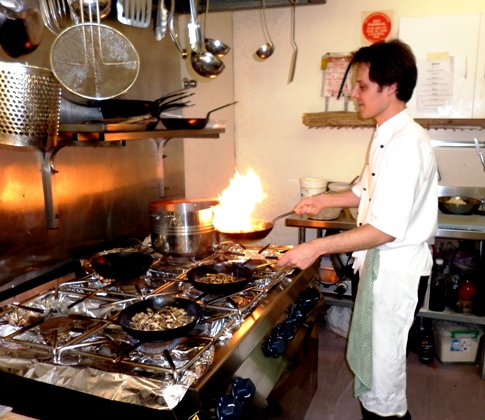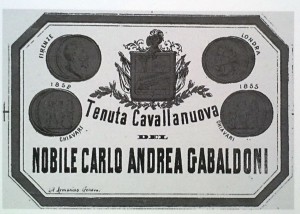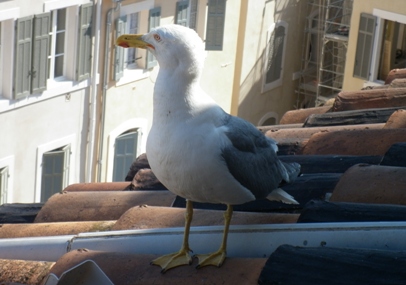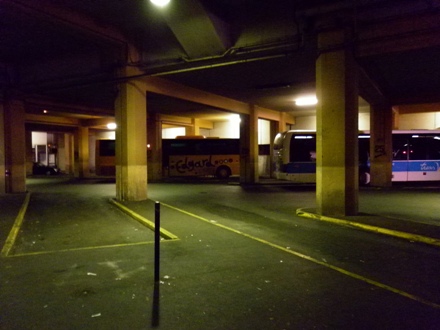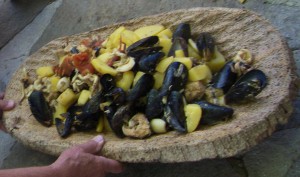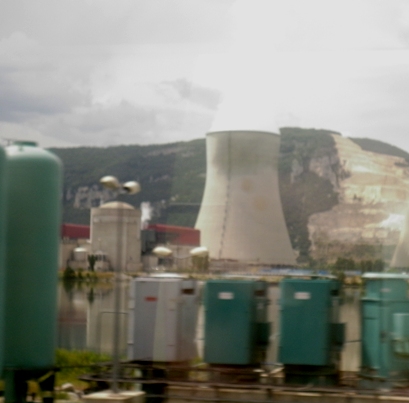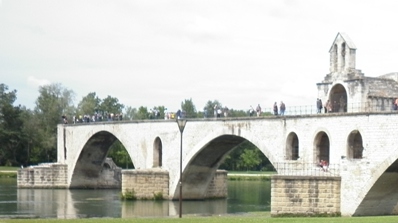“They also serve who only stand and wait.†John Milton said that.
Well, I was serving and waiting but as I quickly discovered I was in a definite no standing zone.
Of the many jobs I’ve had, waiting in a restaurant wasn’t one of them. How hard could it be? I asked myself.
So I’d asked Ipazzi restaurateurs Ruby and Fabio if I could observe and help on the restaurant floor for an evening. Foolishly, I thought, they agreed.
First off, I helped set tables and learned the table numbering layout.
Then I thought I’d be a kitchen hand for a bit and hung around backstage as Fabio prepped and created sauces for the evening rush.
The industrial-sized stove radiated what seemed like megawatts of heat, and what with chef Fabio flaming away with juggled frying pans and all, and despite the extractor fans sucking like a reverse steam locomotive, I found it too hot. So, you guessed it, I got out.
Friday night, about half the tables were booked, and it looked to me disappointingly quiet. Then, over a short space of time, booked guests and walk-ins arrived in a rush and all the tables were full.
